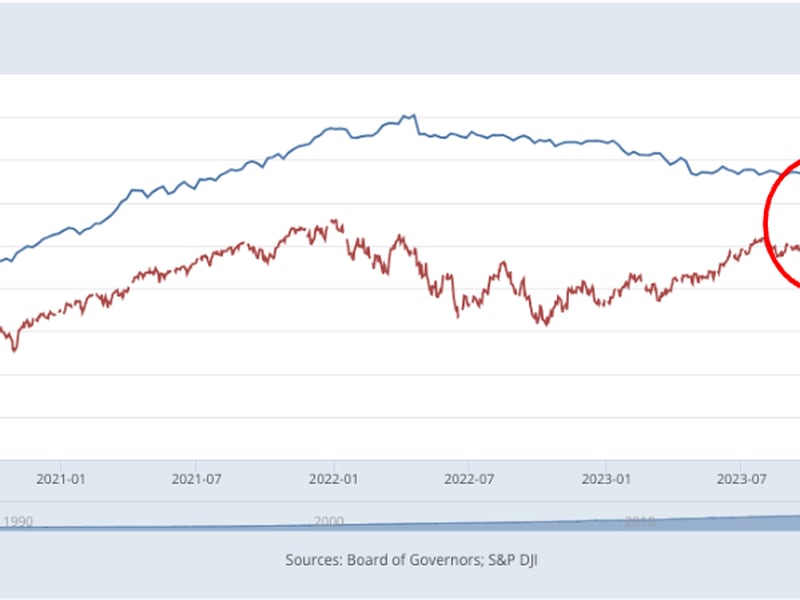
On Sept. 24, financial assets soared to record levels, among them the S&P 500, which reached a record high of 5,735 and gold, which climbed to $2,670 an ounce. The yellow metal, in fact, is now higher by 30% year-to-date, making 2024 the best-performing year for gold this century, according to Zerohedge.
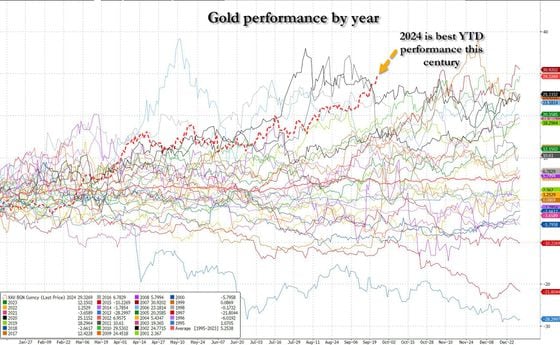
But what is driving these continual rallies in financial markets? A closer look reveals that liquidity and money supply are key factors.
Central bank policies have significantly contributed to injecting liquidity into the global economy. As of Sept. 25, the combined balance sheets of the top 15 central banks worldwide exceeded $31 trillion, a level last seen in April 2024. This figure has been on the rise since July, reflecting a substantial monetary stimulus primarily in response to economic challenges and uncertainties, which has been crucial in supporting financial markets.
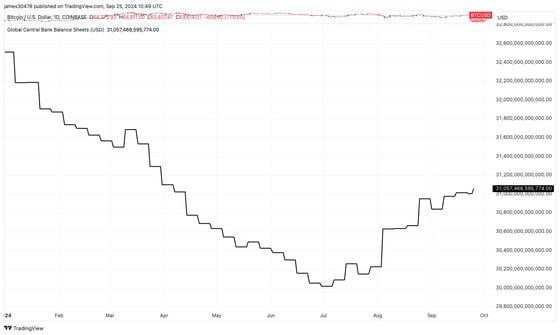
China's commitment to substantial monetary easing, combined with the U.S. Federal Reserve's aggressive 50 basis point rate cut, has further fueled market momentum, making cryptocurrencies the best-performing asset since the FOMC meeting on Sept. 18. The CME FedWatch Tool now predicts a 60% chance of another 50 basis point cut at the Nov. 7 meeting, which would lower the fed funds rate range to 4.25-4.50%.
Another key indicator of liquidity is the M2 money supply, which includes physical currency in circulation, savings and time deposits, and money market mutual funds. According to Trading Economics data, M2 money supply has shown consistent month-on-month growth, a trend that began in February 2024. In August alone, the M2 money supply increased by nearly 1% month-on-month, highlighting the ongoing monetary expansion. This rise in the money supply has been crucial in supporting asset prices.
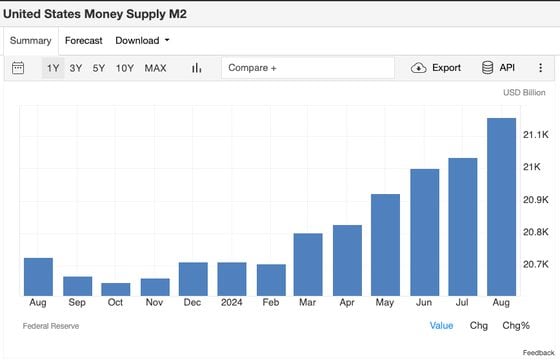
Historically, there has been a strong correlation between the S&P 500 and the M2 money supply, with both moving in tandem over the past five years. For example, during the early 2020 pandemic, M2 bottomed out at $15.2 trillion in February, just before the S&P 500 hit a low of around 2,409 points in March. A similar pattern occurred in October 2023, when monetary policy tightening led M2 to bottom at $21 trillion. Shortly afterward, the S&P 500 reached a low of 4,117. This connection highlights the critical role of liquidity in driving stock market performance.
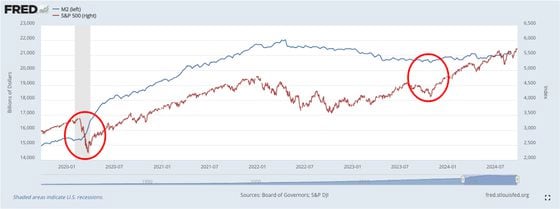
The compound annual growth rate (CAGR) of the M2 money supply has been 7%, while the S&P 500 has achieved a CAGR of 14% over the past five years. Although this represents strong performance, it is overshadowed by bitcoin's (BTC) impressive CAGR of 50% during the same period. Despite its volatility, bitcoin's higher growth rate reflects its increasing prominence as an asset class, often benefiting from the same liquidity dynamics that drive traditional markets.
Central banks' expansionary policies combined with a rising money supply are fueling asset price appreciation across the board. Whether it’s gold, the S&P 500, or bitcoin, the correlation with monetary measures like M2 highlights how liquidity remains a key driver of asset performance in today’s economy. As long as central banks continue to provide support, financial markets may well continue to push higher, though the sustainability of this trend remains a question for the future.
免责声明:本文章仅代表作者个人观点,不代表本平台的立场和观点。本文章仅供信息分享,不构成对任何人的任何投资建议。用户与作者之间的任何争议,与本平台无关。如网页中刊载的文章或图片涉及侵权,请提供相关的权利证明和身份证明发送邮件到support@aicoin.com,本平台相关工作人员将会进行核查。




